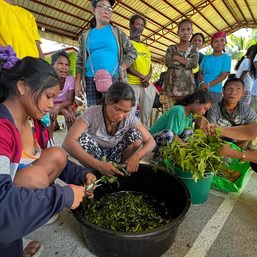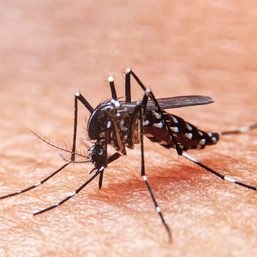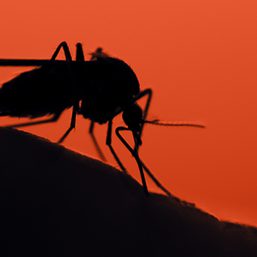SUMMARY
This is AI generated summarization, which may have errors. For context, always refer to the full article.

CEBU, Philippines – Public officials from the island of Siargao in Surigao del Norte advocated for localized interventions as one of the best government practices in addressing malnutrition, during a nutrition governance forum held in Cebu City on Tuesday, May 21.
The towns of Pilar, Burgos, and Santa Monica were part of the Municipal Nutrition Governance Program (MNGP) implemented by public health services group Zuellig Family Foundation (ZFF) in 2022. This program aimed to improve the LGUs’ pregnancy tracking, prenatal services, immunization efforts, and other key nutrition-centered projects.
Pilar town Mayor Maria Liza Resurreccion shared that her municipality has greatly benefited from encouraging participation from both residents and officials in all levels of the local government, including the sitios and barangays.
At present, all 15 barangays in Pilar have their own barangay nutrition action plans (BNAP) dedicated to lowering the rate of stunting or impaired growth of children in their town.
“We’re trying to heighten the awareness and the sense of accountability and responsibility of our barangay officials as far as the problem is concerned because if they co-own the problem, then it would be easier to address it,” Resurreccion said.
The mayor added that the acknowledgement of the “shared responsibility” translated to the formation of barangay nutrition councils that receive a mandatory funding equivalent to 40% of the barangay’s annual budget for health programs.
Addressing child stunting
Based on the 2021 Expanded National Nutrition Survey (ENNS), 26.7% or one in four children under the age of five in the Philippines suffers from stunting. According to the World Health Organization (WHO), a stunting prevalence of 20 to 29% is considered a high-level public health concern.
Nutrition expert Cecilia Acuin told officials that a child’s first 1,000 days is the most critical period for their growth and determines their potential performance in school and future employment.
“If we do not reach them in the first 1,000 days, it will be very hard to catch up in terms of their brain development,” the nutritionist said.
She explained that the effects of child malnutrition has already manifested in the poor performance of Filipino students in global rankings, as indicated by the 2022 Programme for International Student Assessment (PISA) results released in December 2023.
To address this, Burgos town Mayor Angie Arcena shared that her municipality had conducted several nutrition awareness campaigns in villages in unison with their town’s immunization campaigns.
“It helped our team determine the root cause of malnutrition in our municipality,” Arcena said, adding that they were also able to immediately craft solutions from the data gathered.
The town, in cooperation with the private sector, has since implemented demo farm activities and school vegetable gardens in communities, widening families’ access to healthy food alternatives.
Arcena added that the municipal government has also significantly increased their budget for health and nutrition from P120,000 in 2022 to P360,000 in 2023.
“Each barangay captain also expressed commitment to allocate funding for medicine, multivitamins, and supplementation,” the mayor said.
According to Arcena, these efforts have contributed to the decrease of their stunting prevalence for children under two years old – from 19.16% in 2022 to 13.74% in 2023. – Rappler.com
Add a comment
How does this make you feel?






![[OPINION] Hungry children do not make good students](https://www.rappler.com/tachyon/2024/01/imho-PH-PISA-scores-jan-27-2024.jpg?resize=257%2C257&crop=260px%2C0px%2C720px%2C720px)






There are no comments yet. Add your comment to start the conversation.